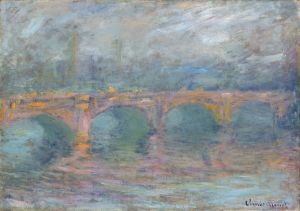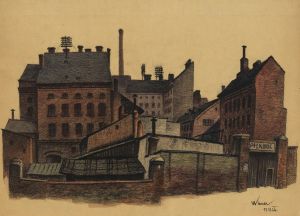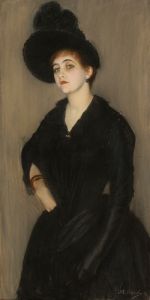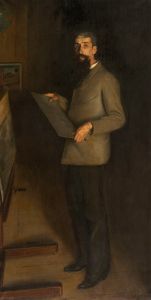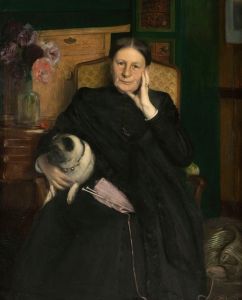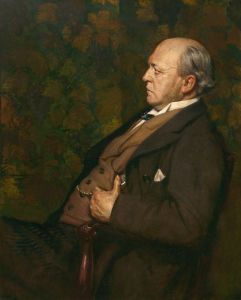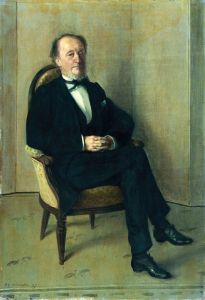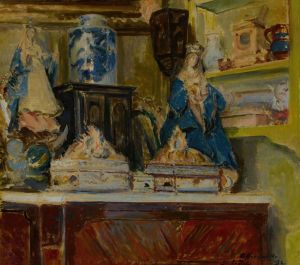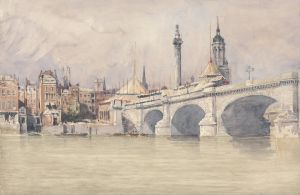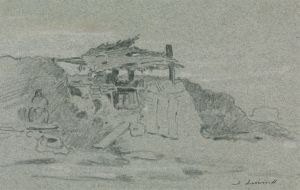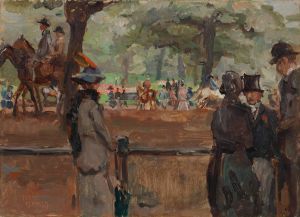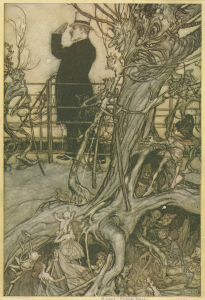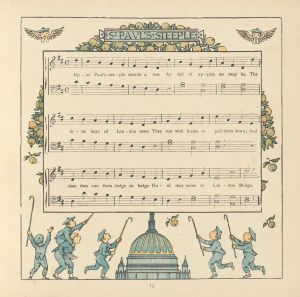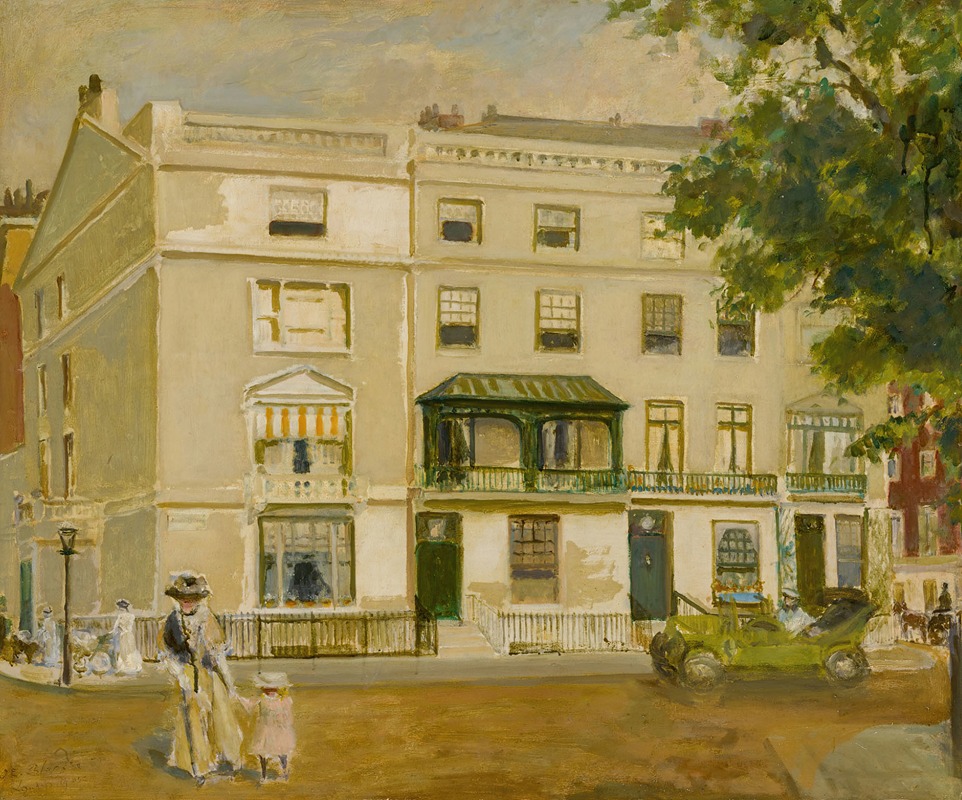
Cadogan Place, Belgravia, London
A hand-painted replica of Jacques-Émile Blanche’s masterpiece Cadogan Place, Belgravia, London, meticulously crafted by professional artists to capture the true essence of the original. Each piece is created with museum-quality canvas and rare mineral pigments, carefully painted by experienced artists with delicate brushstrokes and rich, layered colors to perfectly recreate the texture of the original artwork. Unlike machine-printed reproductions, this hand-painted version brings the painting to life, infused with the artist’s emotions and skill in every stroke. Whether for personal collection or home decoration, it instantly elevates the artistic atmosphere of any space.
Jacques-Émile Blanche was a prominent French artist known for his portraits and landscapes, active primarily in the late 19th and early 20th centuries. Born in Paris in 1861, Blanche was deeply embedded in the cultural milieu of his time, interacting with many notable figures in the arts and literature. His works are characterized by their psychological depth and attention to detail, often capturing the essence of his subjects with a refined elegance.
"Cadogan Place, Belgravia, London" is one of Blanche's works that reflects his keen interest in capturing the ambiance and character of specific locales. Cadogan Place is a notable location in Belgravia, a district in Central London known for its affluent residential streets and historical significance. Belgravia itself is characterized by its grand terraces and garden squares, developed in the 19th century and associated with the Grosvenor family, who played a significant role in its development.
Blanche's depiction of Cadogan Place likely captures the essence of this prestigious area, known for its architectural beauty and serene environment. While specific details about the painting "Cadogan Place, Belgravia, London" are scarce, Blanche's style typically involves a careful composition that balances light and shadow, bringing out the unique character of the scene. His landscapes often reflect a harmonious blend of natural and urban elements, suggesting a tranquil yet vibrant atmosphere.
Blanche's connection to London and its environs was strengthened by his frequent visits to the city, where he mingled with British artists and intellectuals. This cross-cultural interaction enriched his artistic perspective, allowing him to infuse his works with a diverse range of influences. His ability to capture the subtleties of different environments is evident in his varied body of work, which includes portraits of prominent figures such as James Joyce, Edgar Degas, and Marcel Proust, as well as landscapes and cityscapes.
The painting of Cadogan Place would have been created during a period when Blanche was actively exploring different locales and their unique characteristics. His works from this time often reflect a deep appreciation for the interplay between architecture and nature, a theme that resonates with the aesthetic qualities of Belgravia. The district's elegant facades and lush gardens would have provided a rich tapestry for Blanche to explore through his art.
Blanche's contribution to the art world extends beyond his paintings; he was also an influential figure in the cultural exchange between France and Britain. His works are held in high regard for their technical skill and emotional resonance, capturing the spirit of the times and the personalities of his subjects with a deft touch.
In summary, while specific details about the painting "Cadogan Place, Belgravia, London" by Jacques-Émile Blanche are limited, it can be appreciated within the broader context of his work and his ability to capture the essence of the places he painted. His legacy as an artist is marked by his keen observation and ability to convey the subtle nuances of his subjects, whether they be people or places.





